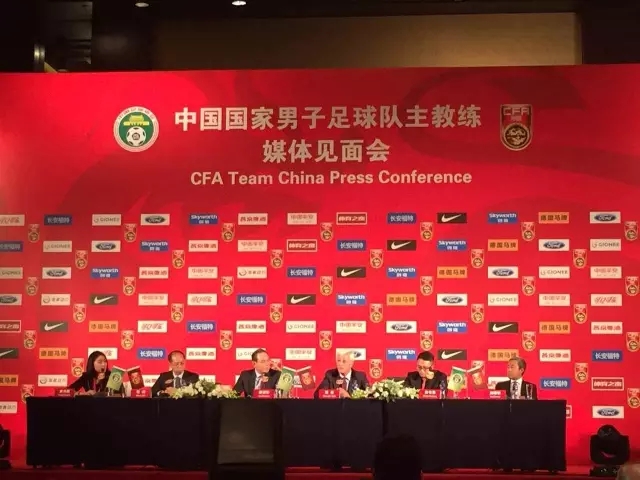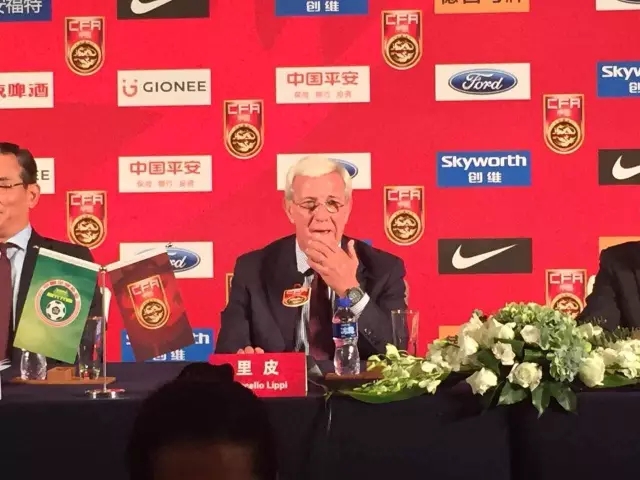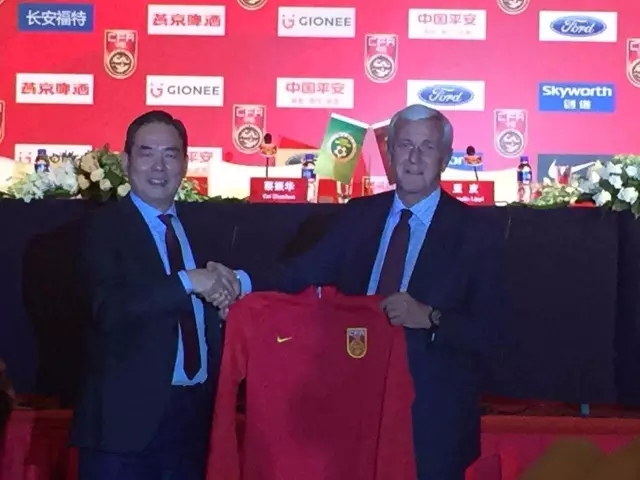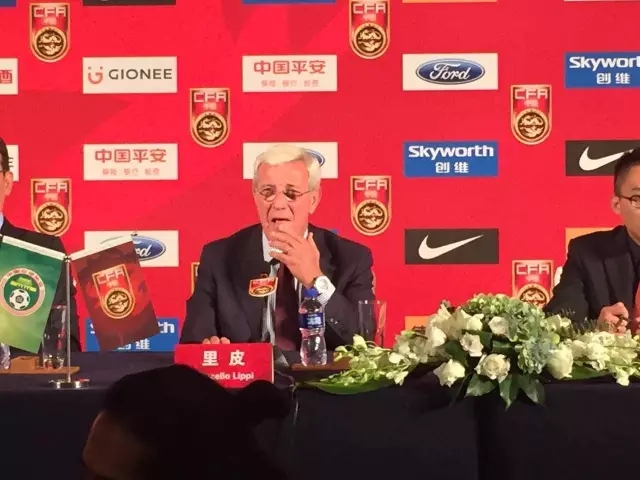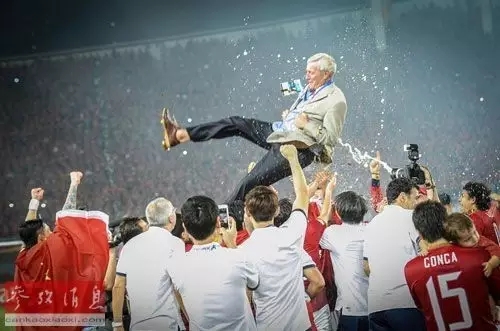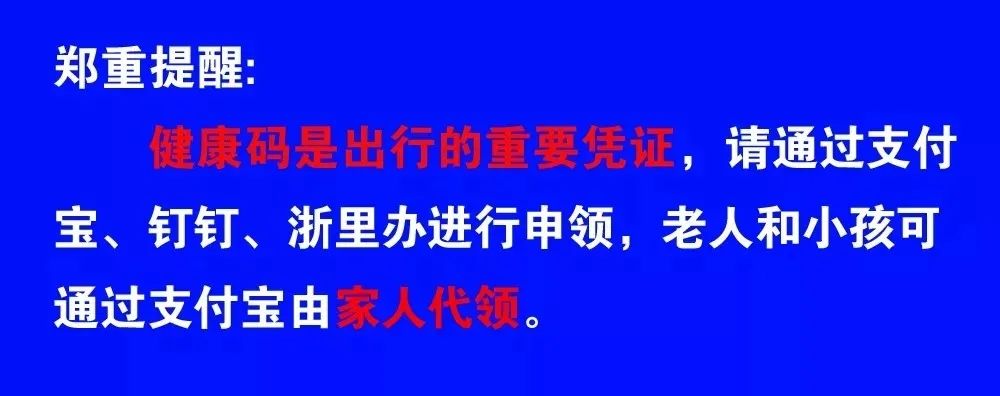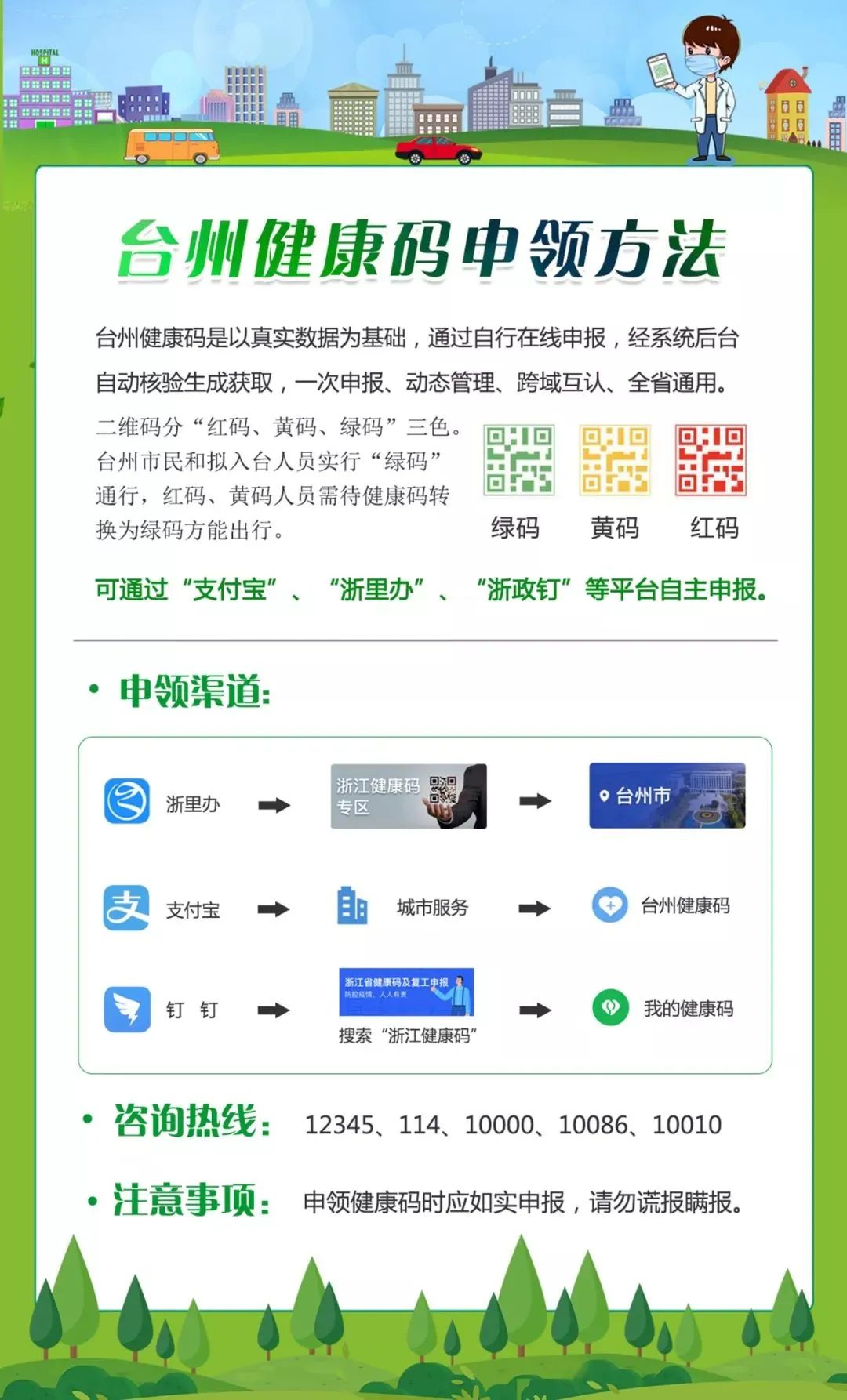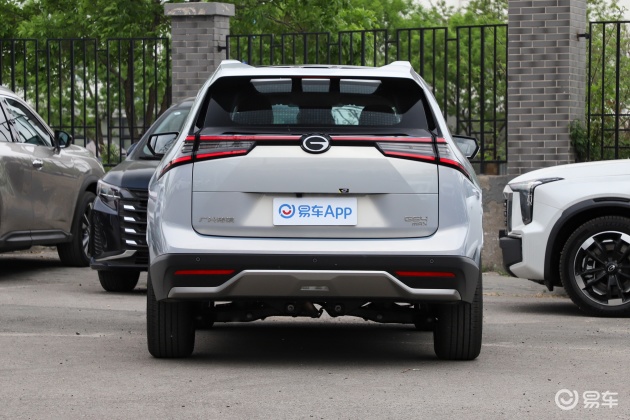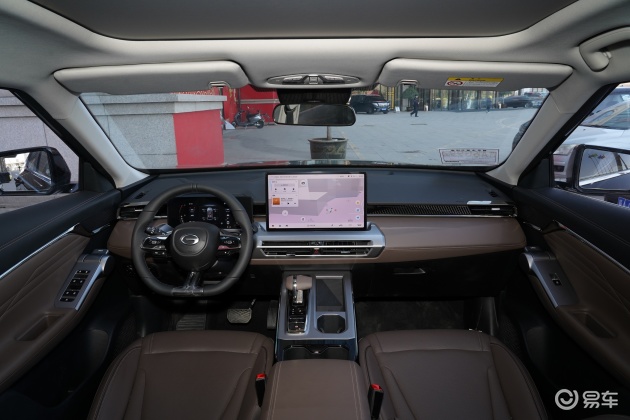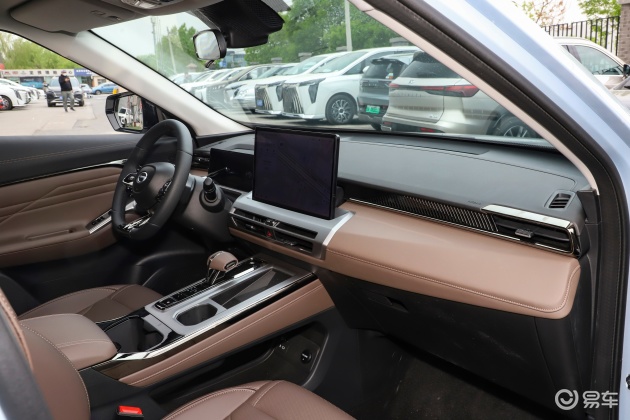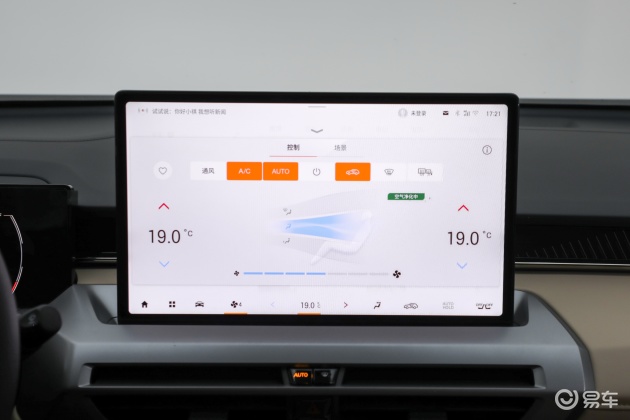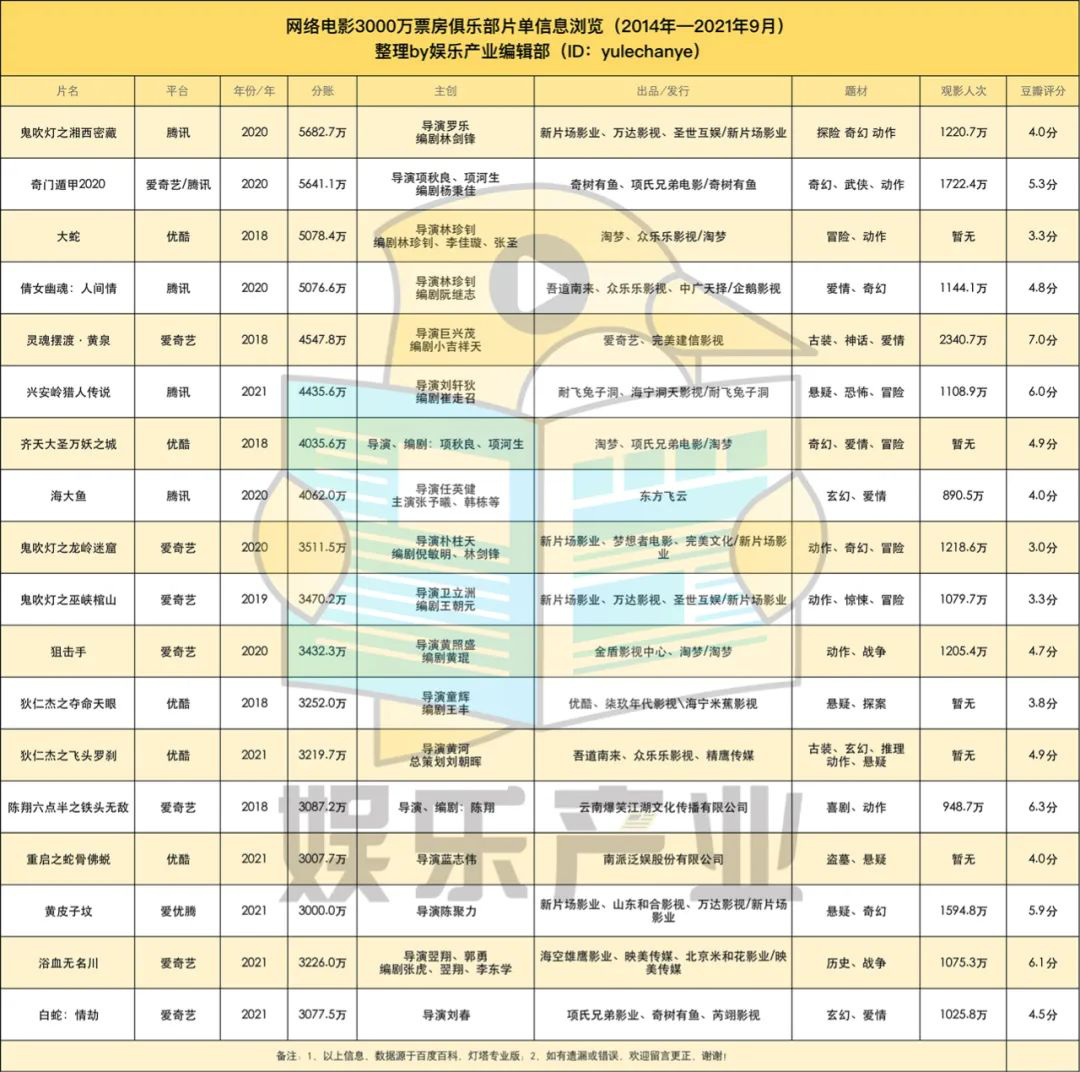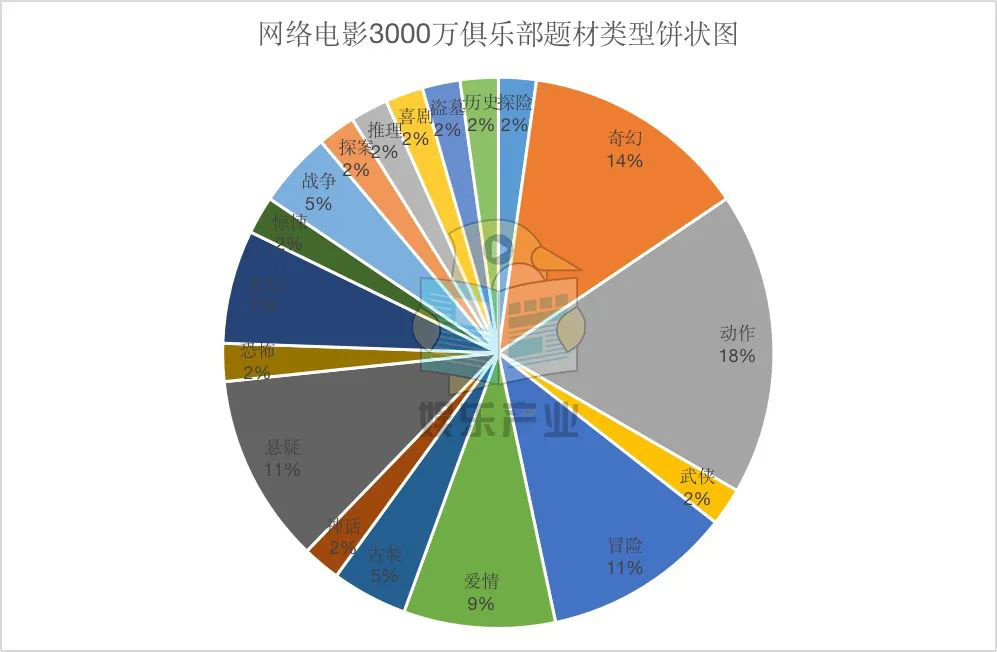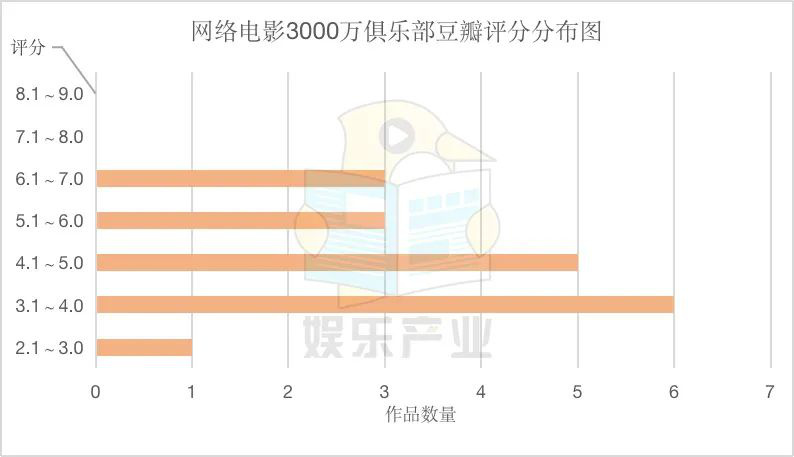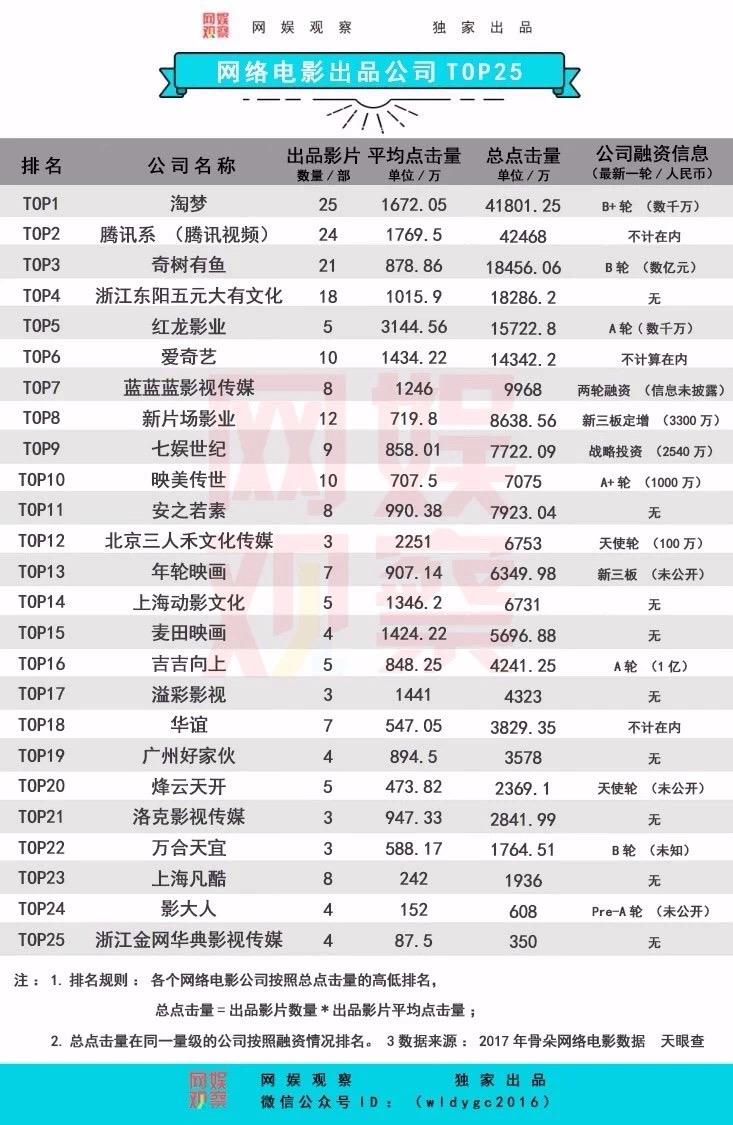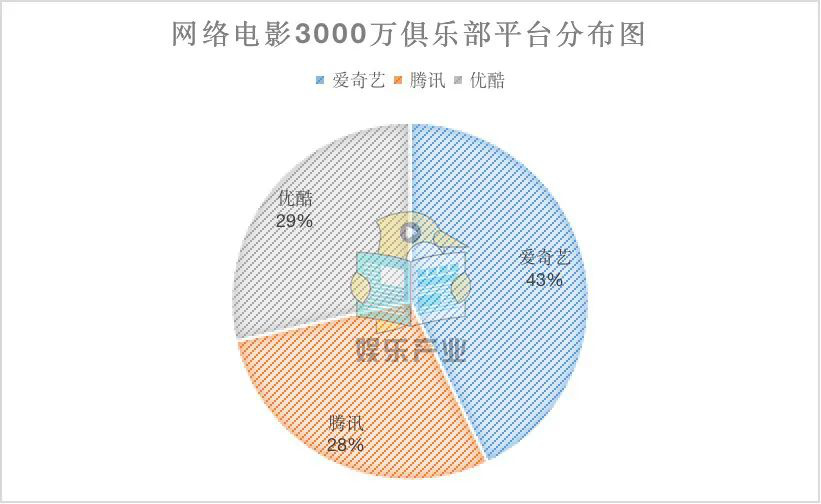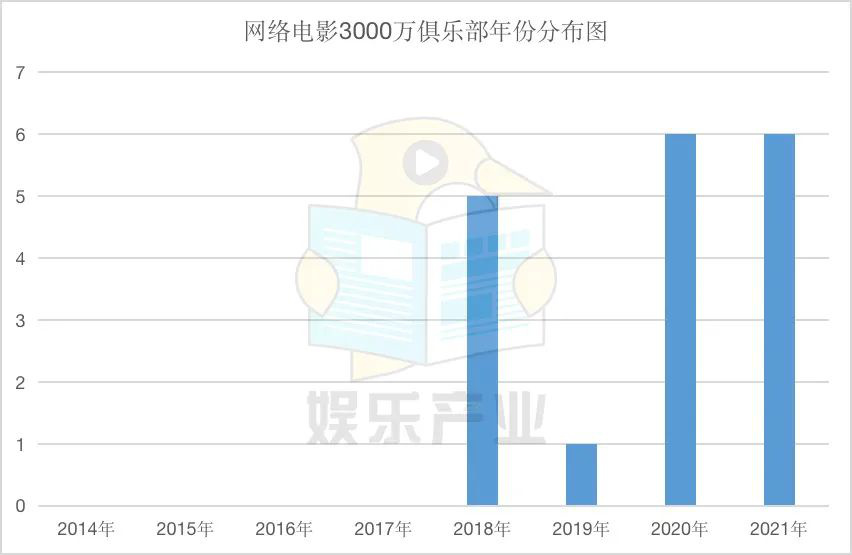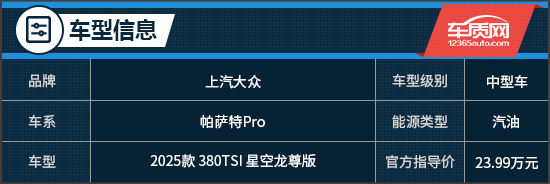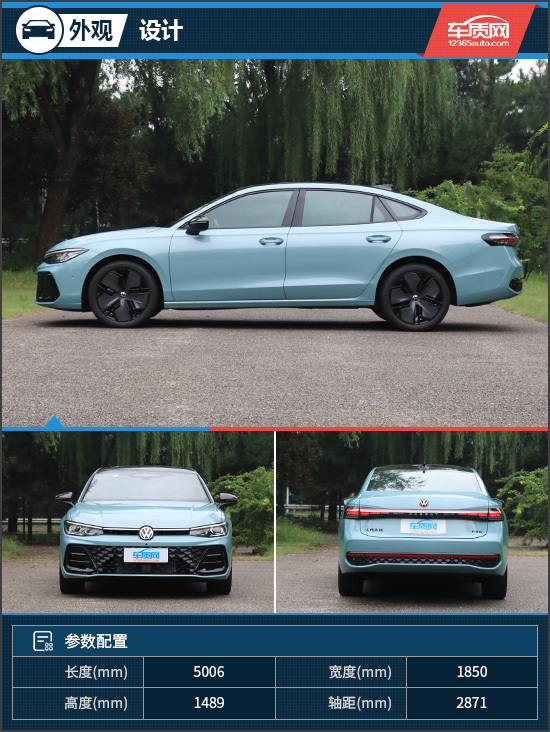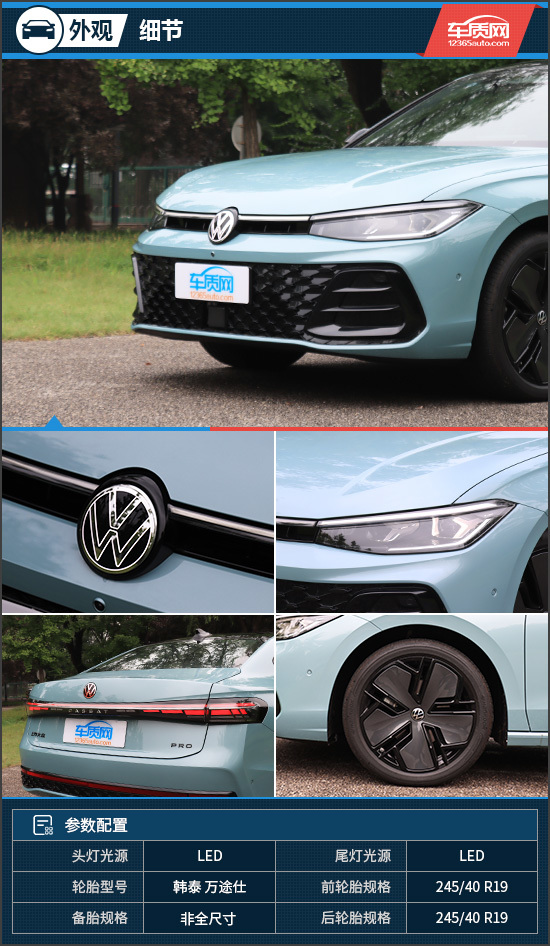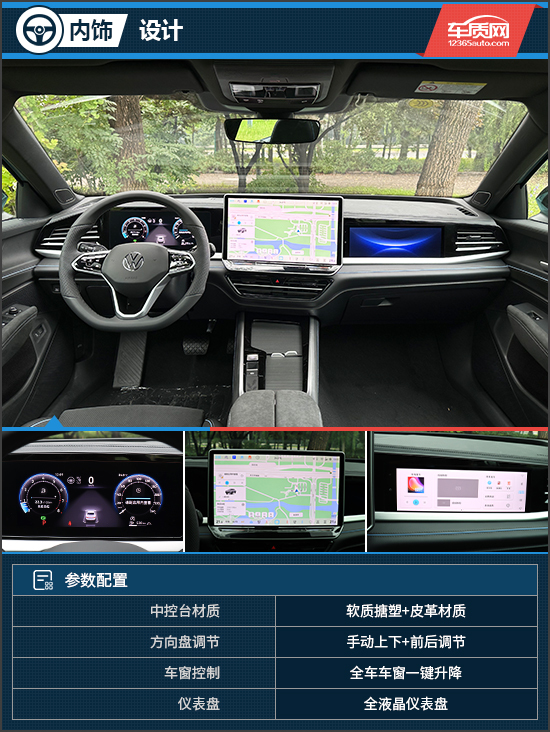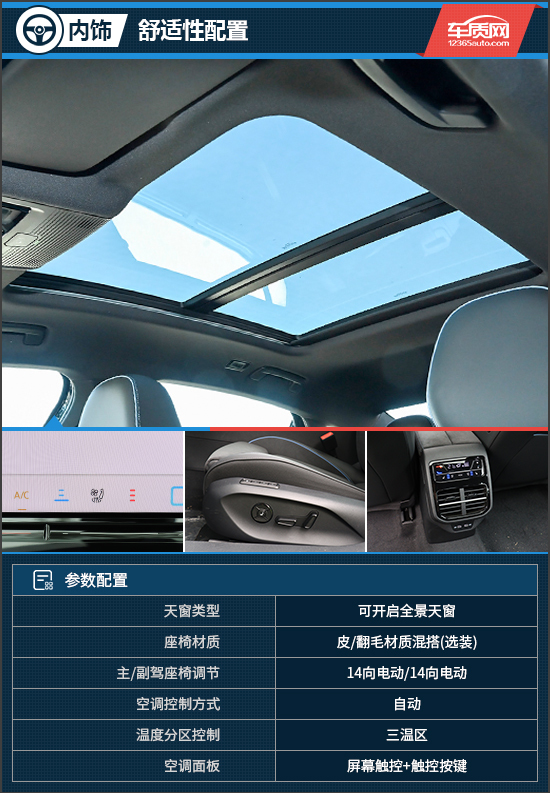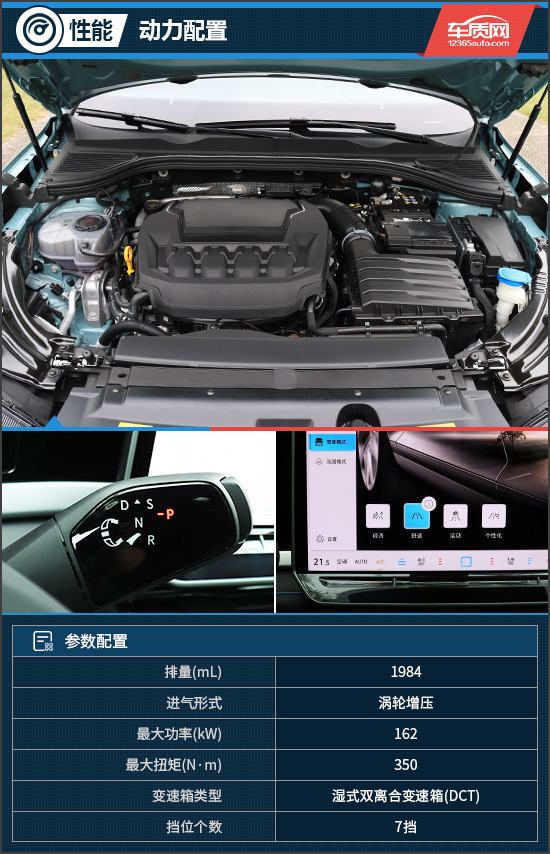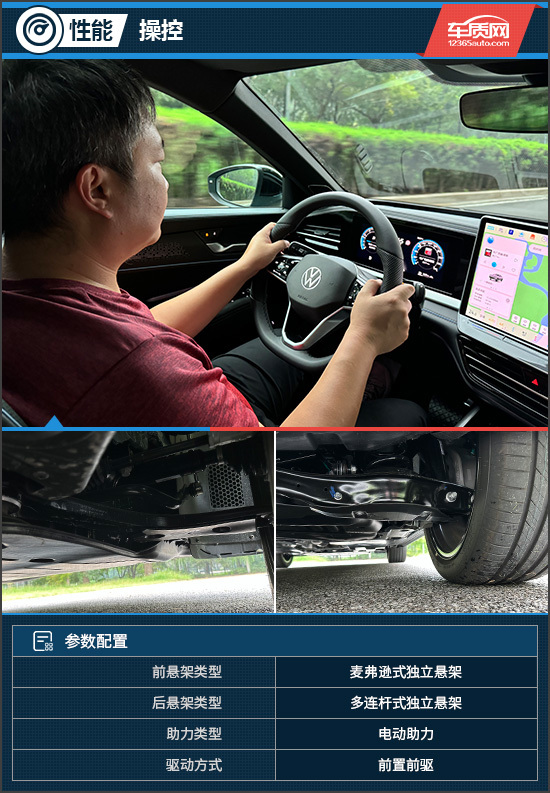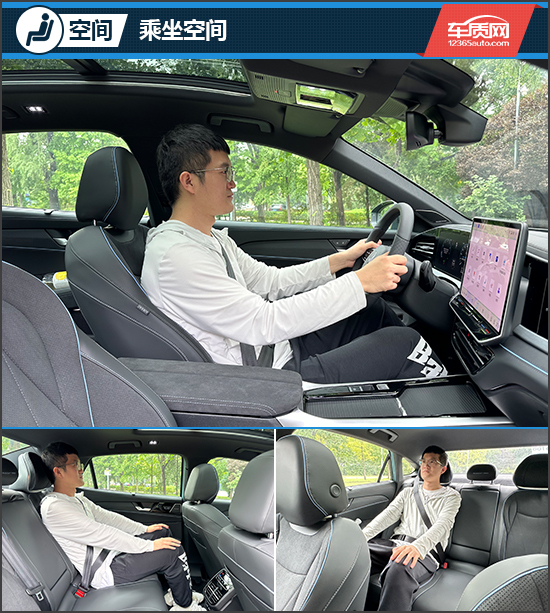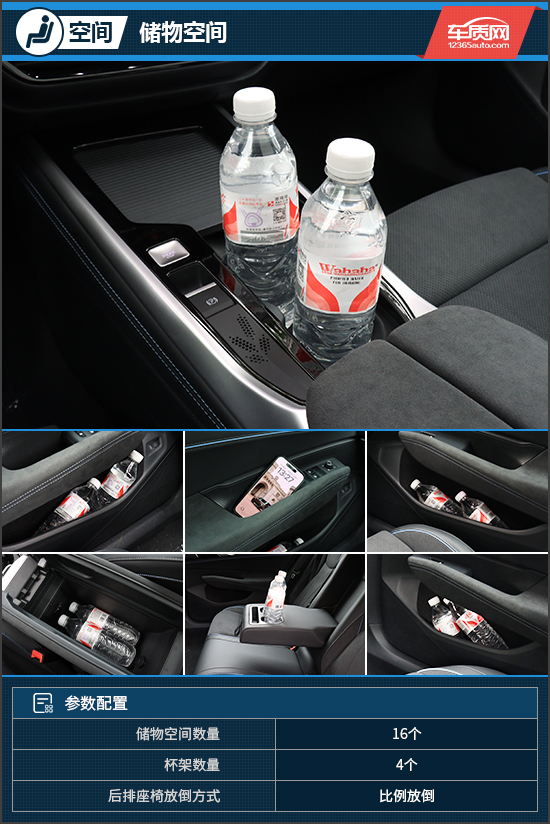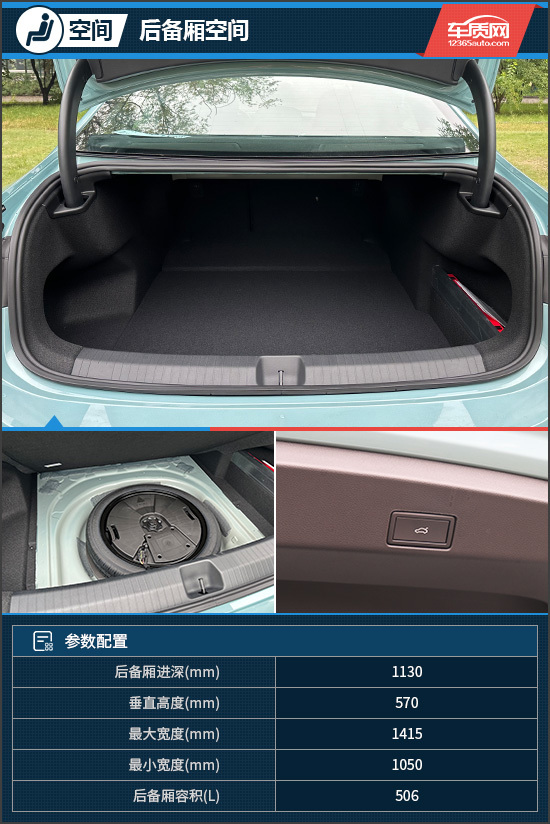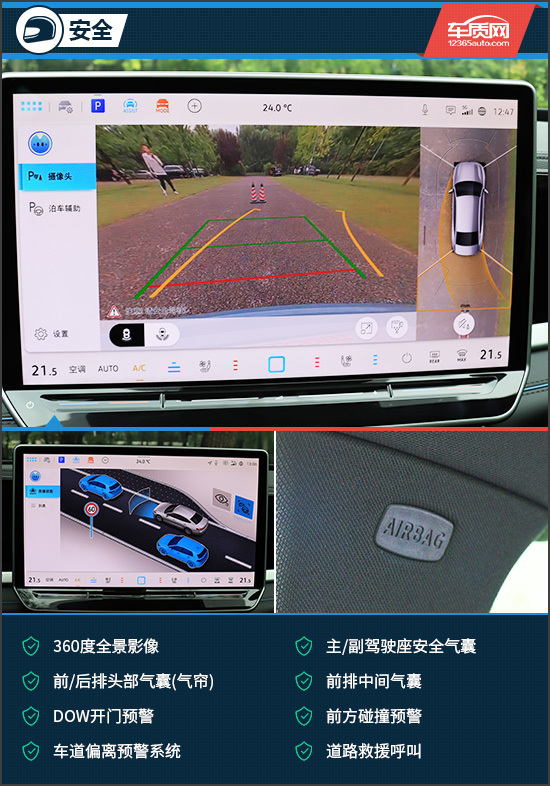Xinhua News Agency, Beijing, November 17th-List of advanced cities (districts) and advanced units and workers in the fifth national ideological and moral construction for minors.
First, the national list of advanced cities (districts) for ideological and moral construction of minors (32)
Tongzhou District of Beijing
Wuqing district, Tianjin
Langfang City, Hebei Province
Yuncheng City, Shanxi Province
Erenhot City, Inner Mongolia Autonomous Region
Panjin City, Liaoning Province
Siping City, Jilin Province
Mudanjiang City, Heilongjiang Province
Jiading district, Shanghai
Huaian City, Jiangsu Province
Wenzhou City, Zhejiang Province
Hefei, Anhui province
Quanzhou, Fujian
Xinyu City, Jiangxi Province
Weihai city, Shandong province
Nanyang City, Henan Province
Shiyan city, Hubei province
Xiangtan City, Hunan Province
Qingyuan City, Guangdong Province
Laibin City, Guangxi Zhuang Autonomous Region
Wenchang City, Hainan Province
Changshou District of Chongqing
Suining City, Sichuan Province
Xingyi City, Qianxinan Buyi and Miao Autonomous Prefecture, Guizhou Province
Anning City, Yunnan Province
Shigatse City, Xizang Autonomous Region
Xianyang city, Shaanxi province
Baiyin City, Gansu Province
Gonghe County, Hainan Tibetan Autonomous Prefecture, Qinghai Province
Yongning County, Ningxia Hui Autonomous Region
Changji city, Xinjiang Uygur Autonomous Region
Beitun City, Xinjiang Production and Construction Corps
Two, the national list of advanced units of ideological and moral construction of minors (200)
Beijing
Beijing Chaoyang District Wenmingban
beijing opera and arts college
Beijing Student Activity Management Center
Beijing Guangqumen High School
Beijing Pinggu District Binhe Neighborhood Binhe Community Women’s Federation
Songzhuang town Central Primary School, Tongzhou District, Beijing
Tianjin
Tianjin Nankai district Wenmingban
Tianjin Heping District Education Bureau
Tianjin Children’s Palace
Tianjin Hexi district Pingshan ave primary school
Tianjin Baodi District Zhou Liang Central Primary School Country School Children’s Palace
Tianjin Hongqiao district Guan workers’ committees
Hebei Province
Civilization Office of Tangshan City, Hebei Province
Civilization Office of Chengde City, Hebei Province
Hebei province Cangzhou Wei cheng nian ren ideology morality construction work lianxiehui office
Shijiazhuang No.2 Middle School, Hebei Province
Hongxi Community, Quanxi Street, qiaoxi district, Xingtai City, Hebei Province
Shenjiatun Town, Economic Development Zone, Zhangjiakou City, Hebei Province
China Avenue Sub-district Office, Taocheng District, Hengshui City, Hebei Province
Shanxi province
Xiaodian district Education Bureau of Taiyuan City, Shanxi Province
Shanxi province Xinzhou Wenmingban
Shanxi province Changzhi urban area teenagers activity center
Primary school affiliated to Jincheng Teachers College in Shanxi Province
Shanxi province Linfen Xiangning county 1 ST middle school
Beicheng Junior High School, Yanhu District, Yuncheng City, Shanxi Province
Inner Mongolia Autonomous Region
Inner Mongolia Autonomous Region Hulunbeier Hailar District Xuefu Road High School
Hongmiaozi High School, Hongshan District, Chifeng City, Inner Mongolia Autonomous Region
Xilingol league Xilinhot Wenmingban, Inner Mongolia Autonomous Region
Urad Zhongqi Civilization Office, Bayannur City, Inner Mongolia Autonomous Region
Inner Mongolia Autonomous Region Alxa League Alxa Zuoqi Mongolian School
Liaoning province
Baogong No.1 School, Tiexi District, Shenyang City, Liaoning Province
Leifeng Primary School, wanghua district, Fushun City, Liaoning Province
Gaizhou city Wenmingban, Yingkou City, Liaoning Province
Liaoning province basic education teaching and research training center
Liaoning province Benxi Xihu district heyan community Guan workers’ committees
Liaoning province Tieling bureau of public security traffic police detachment
Jilin province
Primary school affiliated to Northeast Normal University
Yanji No.9 Middle School, Yanbian Korean Autonomous Prefecture, Jilin Province
Jilin province baishan city fusong county Wei publicity department
Comprehensive Practice Demonstration School of Primary and Secondary Schools in Taobei District, Baicheng City, Jilin Province
Jilin province Songyuan education bureau
Jilin province gongzhuling Wenmingban
Heilongjiang province
Xinqiao Primary School in Harbin, Heilongjiang Province
Guangrong Street, Tiefeng District, Qiqihar City, Heilongjiang Province
Heilongjiang province Jiamusi 1 ST primary school
Propaganda Department of Daqing Municipal Committee of Heilongjiang Province
Heilongjiang province Jixi no.19 middle school
Liming Primary School, Yichun District, Yichun City, Heilongjiang Province
Shanghai
Shanghai senior scientists and technicians association popularization of science lecturer Tuan
shanghai medical school
Shanghai Xuhui district teenagers activity center
Shanghai Changning District People’s Court Juvenile Trial Court
Shanghai Jing ‘an District Education College Affiliated School
Siping road Street, Yangpu District, Shanghai
Fudan university affiliated pediatric hospital social work department
Jiangsu Province
The Memorial of the Nanjing Massacre
Jiangsu province radio & TV reception desk education channel
Jiangsu province Yangzhou teenagers civilization etiquette develop chuanxisuo
Jiangsu province Lianyungang women children’s activity center
Jiangsu province zhangjiagang Wenmingban
"China in Children’s Voice" Children’s Art Creation and Research Activity Base
Jiangsu province Yancheng Yulong rd experimental school
Jinhua Community, Yuxin Street, suyu district, Suqian City, Jiangsu Province
Zhejiang Province
Shangcheng District Education Bureau, Hangzhou City, Zhejiang Province
Dancheng 5 th Primary School, Xiangshan County, Ningbo City, Zhejiang Province
Changxing County Education Practice Center, Huzhou City, Zhejiang Province
Jiaxing Education Bureau, Zhejiang Province
Kaihua County Wenmingban, Quzhou City, Zhejiang Province
Zhejiang Zhoushan Nanhai experimental school
Lishui Education Bureau of Zhejiang Province
Anhui province
Anhui Huaibei Shuanglong experimental primary school
Anhui province Suzhou Yongqiao district Wei publicity department
Fuyang Children’s Palace, Anhui Province
Anhui Huainan Wenmingban
Anhui province Maanshan middle school students practice base
Anqing mining area office, suburb of Tongling City, Anhui Province
Fujian Province
Xiamen Haicang District Committee Wenmingban, Fujian Province
Fujian province Putian Guan workers’ committees
Fujian Nanping minor ideological and moral construction office
Longyan Education Bureau of Fujian Province
Fujian province Ningde government agency kindergarten
Fujian province pingtan comprehensive experiment qu volunteer service center
Jiangxi province
Nanchang Committee of Communist Youth League
Jiangxi Jiujiang No.1 Middle School
Shangyou County, Ganzhou City, Jiangxi Province Guan Workers’ Committee
feng cheng high school
Shangrao County Civilization Office, Shangrao City, Jiangxi Province
Jiangxi province Jinggangshan education bureau
Shandong Province
Shandong province Ji’ nan foreign language school
Dongying Education Bureau of Shandong Province
Shandong province Weifang municipal Committee publicity department
Jining Education Bureau of Shandong Province
Daiyue Experimental Middle School, Taian City, Shandong Province
Shandong province Rizhao xinying high school
Shandong province Laiwu experimental school
Shandong province Binzhou cultural center
Henan Province
Zhengzhou Education Bureau of Henan Province
He’ nan province Kaifeng jiying high school
Publicity Department of Luoyang Municipal Committee of Henan Province
Lei Feng Primary School, Weidong District, Pingdingshan City, Henan Province
He’ nan province Anyang sanguanmiao primary school
He’ nan province Jiaozuo experimental middle school
Xinyang Education Bureau of Henan Province
He’ nan province dengzhou city sangzhuang town central primary school
Hubei province
Hubei province Wuhan foreign language school Meijia campus
Hubei province Xiangyang Guan workers’ committees
Hubei Yichang Wenmingban
Suizhou City, Hubei Province Suixian Shangshi No.2 Middle School
Caoyu High School, Qianjiang City, Hubei Province
Hubei province Tianmen education bureau
Hunan province
Publicity Department of Kaifu District Committee, Changsha City, Hunan Province
Hongxiang Sub-district Office, zhengxiang district, Hengyang City, Hunan Province
Hunan Xiangtan Education Bureau
Nanyuegong Community, Cheche Road Sub-district Office, Ziyang District, Yiyang City, Hunan Province
Communist Youth League Chenzhou Committee
Hongjiang city Tuokou Town High School, Huaihua City, Hu ‘nan Province
Guangdong Province
Civilization Office of Foshan City, Guangdong Province
Agile Primary School, Yuancheng District, Heyuan City, Guangdong Province
Jianying Library of Meizhou City, Guangdong Province
Guangdong province Zhongshan women’s Federation
Guangdong province Zhaoqing aoweisi experimental primary school
Guangdong province Yunfu people’s procuratorate juveniles procuratorial work office
Guangxi Zhuang Autonomous Region
Guangxi zhuangzu autonomous region Fangchenggang Fangcheng district naliang town tansan primary school
Guangxi Zhuang Autonomous Region Beihai Yinhai District government agency kindergarten
Primary school affiliated to Guangxi Normal University for Nationalities
Yulin No.1 Middle School of Guangxi Zhuang Autonomous Region
Guangxi zhuangzu autonomous region Nanning xixiangtang district Committee publicity department
Liubei district People’s Procuratorate of Liuzhou City, Guangxi Zhuang Autonomous Region
Hainan province
Hai’ nan province Haikou no.27 primary school
Hainan province ledong lizu autonomous county Wenmingban
Hai’ nan province tunchang Guan workers’ committees
Hainan province Baisha lizu autonomous county Qifang town central school
Chongqing
Chongqing Qianjiang district shabaxiang central school
Chongqing Fuling District Women’s Federation
Chongqing Yuzhong district branch bureau of public security traffic patrol detachment
Chongqing Yubei District Wenmingban
Chongqing Nanchuan middle school
Chongqing Wuxi county tui (Li) xiu teacher association
Sichuan Province
People’s Procuratorate of Luzhou City, Sichuan Province
Sichuan Mianyang High-tech Zone Torch 1 ST Primary School
Sichuan province Guangyuan Wenmingban
Sichuan province Yibin Wenmingban
Sichuan province Neijiang 10 th primary school
dazhou middle school
Sichuan province Meishan education sports bureau
Ziyang Yanjiang District Ma ‘an Nine-year Compulsory Education School.
Guizhou Province
Guizhou province Liupanshui Guan workers’ committees
Zheng ‘an County Civilization Office, Zunyi City, Guizhou Province
Longli County Civilization Office, Qiannan Buyi and Miao Autonomous Prefecture, Guizhou Province
Dashandong Community Service Center, Baiyun District, Guiyang City, Guizhou Province
Guizhou province Anshun experimental school
Yunnan Province
Yuxi No.2 Vocational High School, Yunnan Province
Yunnan Radio and TV Station Children Channel
Dali City Procuratorate Minors Inspection Office, Dali Bai Autonomous Prefecture, Yunnan Province
Yunnan province puer Simao district teenagers after-school activity center
Xizang Autonomous Region
Xizang Autonomous Region Lhasa Shao workers’ committees
Linzhi City, Xizang Autonomous Region 2 nd Primary School
Xizang Autonomous Region Ali region Geji county yanhuxiang central primary school
Shaanxi province
Shaanxi Province Xi ‘an weiyang district Women and Teenagers Mental Health Center
Shaanxi Xianyang high school
Heyang County Experimental Middle School, Weinan City, Shaanxi Province
Shaanxi province Tongchuan new area wenjia mingde primary school
Shaanxi Yulin experimental primary school
Shaanxi province Yangling Jiayi charity development center
Gansu province
Gansu province Lanzhou education bureau
Gansu province Jiayuguan 6 th middle school
Gansu province Dingxi Longxi county Weizhou school
Gansu province Qingyang zhengning county shanhe primary school
Gansu province Wuwei Minqin county 5 th middle school
Qinghai province
Qinghai Province Huangnan Tibetan Autonomous Prefecture Tongren County No.3 Complete Primary School
Qinghai province Haidong Guan workers’ committees
Qinghai province Haixi Mongolian Tibetan Autonomous Prefecture Education Bureau
Ningxia Hui Autonomous Region
Pingluo County Huimin High School, Shizuishan City, Ningxia Hui Autonomous Region
Ningxia huizu autonomous region wuzhong litong district Wei publicity department
Ningxia huizu autonomous region Guyuan longde county 1 ST primary school
Ningxia Hui Autonomous Region zhongwei Vocational & Technical School
Xinjiang Uygur Autonomous Region
Xinjiang Uygur Autonomous Region Ilikazak Autonomous Prefecture Chabucharexibo Autonomous County Commission for Work-related Committees
Urumqi Education Bureau of Xinjiang Uygur Autonomous Region
Xinjiang Uygur Autonomous Region atushi Kunshan Yucai School
Xinjiang Uygur autonomous region Kashi region Wenmingban
Xinjiang Uygur Autonomous Region Karamay Minors Psychological Health Counseling Center
Xinjiang production and construction corps
Corps No.1 Middle School
educational system
Beijing education science research institute class teacher research center
Guizhou province fuquan education bureau
Hubei province Yidu education bureau
Network information system
Beijing Internet Association
Public security system
Guangxi zhuangzu autonomous region Qinzhou bureau of public security qinnan branch bureau juveniles police affairs corps
Industry and information system
Information Security Division, Network Security Administration, Ministry of Industry and Information Technology
Cultural system
The Palace Museum
National Museum of China
Industrial and commercial system
Shandong province administration for industry and commerce private economy development Yu supervision Chu
Press, publication, radio and television system
Information Office of Anti-illegal and Prohibited Publications Department of General Administration of Press, Publication, Radio, Film and Television
China national radio National Program Center
CCTV’s "Looking for the Most Beautiful Filial Teenagers" Program Group
Communist youth league system
Communist Youth League Lu ‘an Committee
Communist Youth League Jining Committee
Women’s Federation system
Guangxi zhuangzu autonomous region women’s Federation children work bu
Jiangsu province Nantong women’s Federation
Association system
science and technology of china press
Working Committee system
China Torch magazine agency
Three, the national list of advanced workers in ideological and moral construction of minors (100)
Beijing
Qi Zhongwu, Chief of Minors Work Section, Civilization Office, Dongcheng District, Beijing
Jin Li (female, Hui nationality) is a researcher at the Center for Basic Education and Teaching Research, Beijing Academy of Educational Sciences.
Liao Yuan (female), Director of the Office of the Working Committee for Young Workers in Fengtai District, Beijing
Tianjin
Zhang Shen (female), Chief of Education Department for Minors, Civilization Office, Dongli District, Tianjin
Su Meng (female) Deputy Director of Propaganda Department of Tianjin Nankai District Youth League Committee.
Hebei Province
Hou Fanghua (female) Director of Education Department for Minors, Civilization Office, Handan City, Hebei Province
Han Lijun, Chief of Education Section for Minors, Civilization Office, Qinhuangdao City, Hebei Province
Gao Pei (female) Director, Department of Ideological and Political Health, Baoding Education Bureau, Hebei Province
Shanxi province
Gu Lili (female), Director of Minors’ Work Department of Civilization Office of Taiyuan City, Shanxi Province
President of Yuci No.2 Middle School, Jinzhong City, Wang Wenqing Province
Wang Jingjing (female) Secretary of the Youth League Committee of No.1 Middle School in the suburb of Changzhi City, Shanxi Province
Inner Mongolia Autonomous Region
Kang Jiheng, Deputy Director of Education Bureau of Tumd Right Banner, Baotou City, Inner Mongolia Autonomous Region
Zhang Jie (female) member of the Propaganda Department of Wuhai Municipal Committee of Inner Mongolia Autonomous Region
Liaoning province
Gao Min (female), member of Civilization Office of Jinzhou City, Liaoning Province
Chen Qingmin (female) specializes in ideological and moral construction of minors in Zhongshan District Education Bureau, Dalian, Liaoning Province.
Gao Bing (female, Manchu) Director of Fiber Police Station of Zhenxing Branch of Dandong Public Security Bureau, Liaoning Province
Jilin province
Dong Dawei, Director of the Office of Moral Education in Primary and Secondary Schools in Jilin Province
Director, Department of Ideological and Moral Construction for Minors, Civilization Office, Changchun City, Jilin Province, Liu Hongwei
Zhao Chunmei (female) Director, Department of Ideological and Moral Construction for Minors, Civilization Office, Jilin City, Jilin Province
Heilongjiang province
Zhang Donghai Vice President of Moral Education in No.4 Middle School of qitaihe city, Heilongjiang Province
Sun Ying (female) Chief, Department of Ideological and Moral Construction for Minors, Civilization Office, hegang, Heilongjiang Province.
Li Chunmei (female) Chief, Department of Ideological and Moral Construction for Minors, Civilization Office, Daxinganling District, Heilongjiang Province
Shanghai
Yao Jianlong, Vice President of Shanghai Youth Crime Prevention Research Association
Xin Yahua (female) Vice President of Shanghai Folk Writers Association
Zhang Siheng, Principal of Shanghai Langxia Middle School
Jiangsu Province
Wang Fang (female) Honorary Dean of Suzhou Kunqu Opera Theatre in Jiangsu Province and Director of Suzhou Kunqu Opera Education and Communication Center for Minors.
Zhao Shu (female) Director, Department of Ideological and Moral Construction for Minors, Civilization Office, Zhenjiang City, Jiangsu Province
Shi Guosheng Head of Hua Luogeng Art Troupe, Jintan District, Changzhou City, Jiangsu Province
Zhejiang Province
Che Donghai, Director, Department of Ideological and Moral Construction for Minors, Civilization Office, Shaoxing City, Zhejiang Province
Shu Ke (female), director of Jinhua Youth Palace, Zhejiang Province, and deputy director of the Municipal Committee for Youth Work.
Zhu Daohong Party Secretary and Director of Jiaojiang District Education Bureau, Taizhou City, Zhejiang Province
Anhui province
Yan Yuxin, Chief of Ideological and Moral Construction Section, Civilization Office, Bozhou City, Anhui Province
Zhou Shulong Director of Chuzhou Youth Science and Technology Cultural Activity Center, Anhui Province
Han Zhengbing, Chief of Ideological and Moral Section, Civilization Office, Wuhu City, Anhui Province
Fujian Province
Wang Weihong (female) Principal of the First Primary School Affiliated to Fuzhou Education College, Fujian Province
Xu Qiong (female) Director of the Office of Ideological and Moral Construction for Minors in Zhangzhou City, Fujian Province
Zhang Sumin (female), director of the exhibition hall of spiritual civilization construction in Sanming City, Fujian Province
Jiangxi province
Gong Quanzhen (female) Retired veteran cadre of Nanbei primary and secondary school in Lianhua County, Pingxiang City, Jiangxi Province.
Zhou Jiufa, Principal of No.1 Primary School in Xingguo County, Ganzhou City, Jiangxi Province
Cheng Yihong (female) is the principal of Shangrao No.1 Primary School in Jiangxi Province.
Shandong Province
Zhang Shuhong (female) is the principal of Xianggang Road Primary School in jiaozhou city.
Yu Kangmei (female) Deputy Director of Propaganda Department of Zibo Municipal Committee and Director of Civilization Office.
Member, Basic Education Section, Linyi Education Bureau, Shandong Province, Zhuang Jian
Pan Quanzhu, Deputy Director of Civilization Office of Dezhou City, Shandong Province
Henan Province
Peng Jiafeng Chief, Coordination Section, Civilization Office, Hebi City, Henan Province
Li Hongliang, Chief of Education Section for Minors, Civilization Office, Xinxiang City, Henan Province
Du Yingjuan (female) Vice President of Xuchang Experimental Primary School in Henan Province
Ren Jun, Director of Ideological and Moral Education Center for Minors in Civilization Office of Zhumadian City, Henan Province.
Hubei province
Liu Ling (female) Assistant Procurator of the People’s Procuratorate of Xisaishan District, Huangshi City, Hubei Province.
Lv Yan (female), secretary of the Youth League Committee of Ezhou Education Bureau, Hubei Province, and deputy director of the Municipal Committee for Youth Work.
Wang Jun (female) Deputy Director of Civilization Office of Xiaogan City, Hubei Province
Hunan province
Luo Tenglang, Shaoyang Education Bureau, Hunan Province, specializes in moral education.
Jiang Jiajie (Tujia) Chief of the Department of Ideological and Moral Construction for Minors, Propaganda Department of Changde Municipal Committee, Hunan Province
Zhong Tinghua Retired Cadres of Propaganda Department of Dongan County Committee, Yongzhou City, Hunan Province
Guangdong Province
Luo Xiaomei (female) Interpreter of the memorial hall of the former site of Haifeng Red Palace Red Square
Gao Tianzhen (female) Principal and Party branch secretary of Guanshan School in Maoming City, Guangdong Province
Chen Chuqin (female), deputy director of the Political and Educational Department of Jieyang Experimental Primary School, Guangdong Province.
Guangxi Zhuang Autonomous Region
Zhou Shuzhong is a retired teacher of Guilin University of Technology.
Xu Weimei (female) Secretary of the Party Branch and Director of Guangxi Experimental Kindergarten
Su Hui (female) Deputy Procurator-General of Qinnan District People’s Procuratorate, Qinzhou City, Guangxi Zhuang Autonomous Region
Hainan province
Chen Jijun, Principal of Lingshan Town Central Primary School, Meilan District, Haikou City, Hainan Province
Liu Yong (Li), Deputy Director of Propaganda Department and Director of Civilization Office of Lingshui Li Autonomous County Committee, Hainan Province
Chongqing
Bao Ruhua (female) Secretary of the Education Working Committee of Nan ‘an District, Chongqing and Director of the Education Commission.
Deputy Director of Shapingba District Education Committee, Chongqing, Yuan Yu
Sichuan Province
Fu Yan (female) Secretary-General of Chengdu Cloud Public Welfare Development Promotion Association
Song Shufang (female) is the founder of "Song Popo’s Love Counseling Class" in Houjie Community, Fushi Town, Fushun County, Zigong City, Sichuan Province.
Du Xianhui (female) Secretary of the Party Branch and Principal of Dongfang Primary School in Guang ‘an District, Guang ‘an City, Sichuan Province
He Huixian (female), Director of the Office of the Commission for Discipline Inspection of Dechang County, Liangshan Yi Autonomous Prefecture, Sichuan Province
Guizhou Province
Xu Renlong, Deputy Director of Civilization Office, Bijie City, Guizhou Province
Zhao Ganyu Director, Basic Education Research Office, Institute of Educational Science, tongren city Education Bureau, Guizhou Province
Yunnan Province
Liu Bangyuan, Executive Director of the Working Committee of Yuxi City, Yunnan Province
He Xuehua (female, Naxi nationality) Director of Lijiang Family Education Service Center, Yunnan Province
Xizang Autonomous Region
Member of Civilization Office, Lhasa City, Xizang Autonomous Region, Liu Yuan
Tashi Solang (Tibetan) Principal of Shigatse Primary School in Xizang Autonomous Region
Shaanxi province
Wang Wanbin, President of Xianyang Qidi Middle School, Northwestern Polytechnical University
Li Qi, Principal of the Second Primary School in Yulin High-tech Industrial Park, Shaanxi Province
Gansu province
Shi Jian Principal of Maiji Experimental Primary School, Tianshui City, Gansu Province
Zhao Quanli, Director of Gansu Civilization Office
Qinghai province
Bai Meiliang, Deputy Director of the Party Committee Office of Xining Education Bureau, Qinghai Province
Ren Qing Zhong Ge (female, Tibetan) Director of Moral Education of Xihai National Boarding School in haiyan county, Haibei Tibetan Autonomous Prefecture, Qinghai Province.
Ningxia Hui Autonomous Region
Li Xiufu (Hui nationality) Principal of lingwu city No.1 Primary School in Ningxia Hui Autonomous Region
Shi Jianhui, Chief of Spiritual Civilization Creation Section of Propaganda Department of Wuzhong Municipal Committee of Ningxia Hui Autonomous Region
Xinjiang Uygur Autonomous Region
Liu Hai, Chief, Department of Ideological and Moral Construction for Minors, Civilization Office, Aksu Region, Xinjiang Uygur Autonomous Region
Wu Maierjiang Mohammad Ming (Uygur) Director of Mo Yuxian Youth Extracurricular Activity Center, Xinjiang Uygur Autonomous Region
Xinjiang production and construction corps
Guo Xiaoman (female) Vice President of No.2 Middle School, No.11 Division of Corps
educational system
Shao Huifang (female) Chief of Education Section and Chief of Administrative Licensing Section of Wuxing District Education Bureau, Huzhou City, Zhejiang Province.
Ou Yongjun, Director of Teaching Department of twenty middle school School, Chengdu, Sichuan.
Zhu Yao (female), Director of the Office of the Education Committee of Taizhou Municipal Committee of Jiangsu Province
Network information system
Han Liu (female) China Internet illegal and bad information reporting center report disposal office staff.
Public security system
Qi Yanyan (female, Mongolian) Examiner of the Second Squadron of the Legal Detachment of Haidian Branch of Beijing Public Security Bureau
Industry and information system
Jin Hainan (Korean) Member, Internet Division, Information and Communication Administration Bureau, Ministry of Industry and Information Technology
Cultural system
Wang Kun (female) is the teaching director of China Children’s Art Theatre.
Industrial and commercial system
Li Wendong, Chief of Enterprise Registration Bureau, Linyi Administration for Industry and Commerce, Shandong Province
Press, publication, radio and television system
Ying Dai (female, Hui nationality) editor and host of china national radio News Program Center.
Jia Jie (female) Deputy Head of the Host Group of Children’s Channel Program Department of CCTV.
Communist youth league system
Wu Zhenglan (female), deputy director of Young Pioneers Reading Publishing Center of China Children’s Press and Publication Corporation.
Women’s Federation system
Gao Ling (female) Chairman of the Women’s Federation of Dunhua City, Jilin Province
Association system
Ren Zhenjiang, Engineer of Exhibition Education Center of China Science and Technology Museum.
Working Committee system
Li Qintian, Executive Director, zhoucun district Working Committee, Zibo, Shandong Province
Consultant of the Working Committee of Ansai District, Yan ‘an City, Shaanxi Province, Cao Kai
